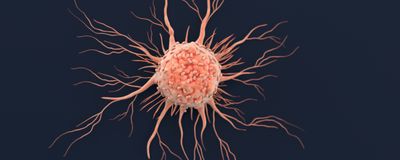Neuroscience
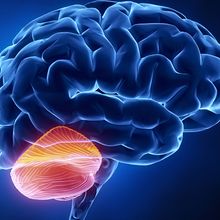
New Cilia Disassembly Pathway Revealed in Maturing Neurons
Charlene Lancaster, PhD | Oct 17, 2024 | 5 min read
Volume electron microscopy reveals a novel cellular process that is critical for healthy brain development, with implications for tumor formation.
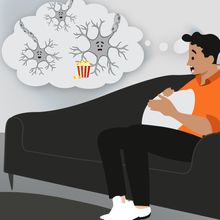
Why Do Some People Enjoy Horror Movies?
Shelby Bradford, PhD and Priyom Bose, PhD | Oct 15, 2024 | 2 min read
The enjoyment of a good scare may have more to do with relief than terror.

Vizgen and Ultivue Merge to Enable Deeper Insights into Disease Mechanisms and Drive Innovation in Spatial Multi-Omics
Vizgen Inc | Oct 9, 2024 | 2 min read
Combined single-cell spatial genomics and multiplex proteomic profiling technologies position merged company to accelerate discoveries in foundational and clinical research
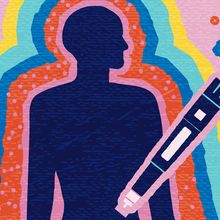
The Unexplored Effects of Weight-Loss Drugs on the Brain
Sahana Sitaraman, PhD | Oct 8, 2024 | 4 min read
Popular weight-loss drugs like Ozempic are used to treat obesity and diabetes. Now, researchers found that these drugs also affect rodent brains in other ways.
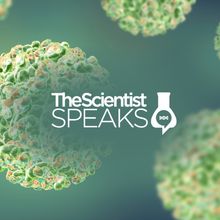
Understanding the Role of Autophagy in Infectious Disease
The Scientist | Sep 25, 2024 | 1 min read
Josephine Thinwa shares her journey to becoming a physician scientist and how this led her to investigate the role of a neurologically important kinase in virus-induced autophagy.

A Deep Dive into Dopamine: Detox, Depression, and Beyond
Hannah Thomasy, PhD | Sep 25, 2024 | 4 min read
Dopamine is a nuanced molecule that not only plays important roles in bad habits but also in behaviors that are necessary for survival and well-being.

Connecting Psilocybin, Mushrooms, and Dreaming
Jef Akst | Sep 23, 2024 | 3 min read
Psilocybin, a psychedelic compound in magic mushrooms, triggers brain activity characteristic of dream states.
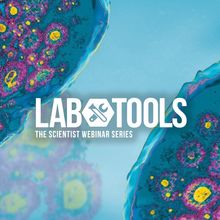
Organoid Models and 3D Imaging for Parkinson’s Disease Research
The Scientist Staff | Sep 20, 2024 | 2 min read
In this webinar, scientists will discuss the advantages of assembloid models and the fundamentals of imaging 3D neuronal architecture.
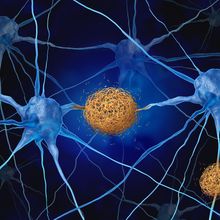
Neurodegenerative Disease Markers and Detection Methods
The Scientist | Sep 17, 2024 | 1 min read
Researchers investigate tauopathy mechanisms and turn to tau detection methods to help improve health care outcomes and lower the economic burden of these diseases.
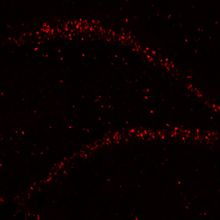
Long Live the RNA
Mariella Bodemeier Loayza Careaga, PhD | Sep 16, 2024 | 2 min read
In the mouse brain, nuclear RNAs can last for years with some of them potentially helping to maintain genome integrity.
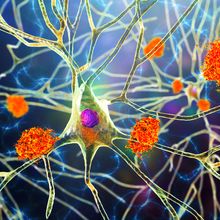
Accelerating Protein Aggregation Analysis
The Scientist Staff | Sep 16, 2024 | 2 min read
Durable analytical instruments expedite the study of misfolded proteins linked to neurodegenerative diseases.
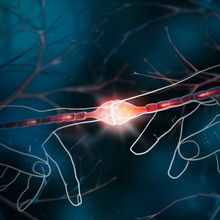
Eavesdropping on Ion Channels Using the Patch Clamp Technique
Laura Tran, PhD | Sep 13, 2024 | 10+ min read
Cells send electrical impulses throughout the body, but electrophysiologists struggled to tune into these signals until the patch clamp technique was developed.
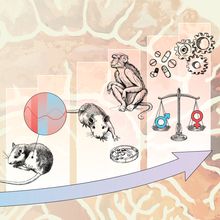
Infographic: Bridging the Sex Bias Gap
Laura Tran, PhD | Sep 13, 2024 | 3 min read
Researchers challenge a male-dominated field and advocate for more representation of female subjects.
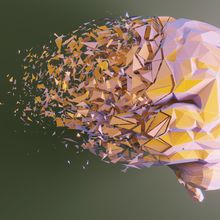
Understanding Neurodegenerative Disease with Prion Research
Hannah Thomasy, PhD | Sep 13, 2024 | 9 min read
Molecular neurobiologist Julie Moreno explores the consequences of protein misfolding in the brain.
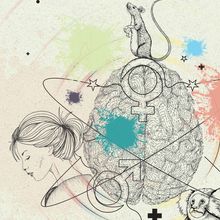
XX Marks the Spot: Addressing Sex Bias in Neuroscience
Laura Tran, PhD | Sep 13, 2024 | 10+ min read
For years, neuroscience research overlooked female subjects, creating a significant bias. Today, researchers actively rebalance the scales with more inclusive and diverse studies.
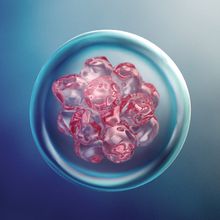
An Ode to Stem Cells
Meenakshi Prabhune, PhD | Sep 13, 2024 | 3 min read
Leveraging the versatility of stem cells allows researchers to advance science across multiple disciplines.

A Gene Therapy to Treat the FOXG1 Brain Disorder
Niki Spahich, PhD | Sep 12, 2024 | 4 min read
By postnatally providing a transcription factor important for brain development, researchers fixed abnormalities generated in utero in mice.
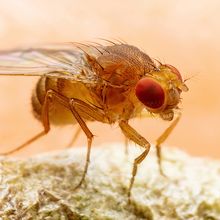
A Neural Circuit That Helps Flies Stay on Course
Mariella Bodemeier Loayza Careaga, PhD | Sep 10, 2024 | 5 min read
Two studies tapped into the brain circuitry that allows fruit flies to navigate, offering clues to key principles that may govern navigation in more complex brains.
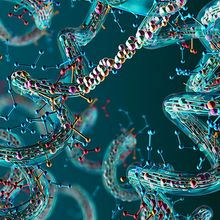
Protein Changes in the Brain Could Explain How Neurodevelopment Goes Awry
Claudia Lopez-Lloreda, PhD | Sep 10, 2024 | 4 min read
Long-read sequencing uncovered hundreds of thousands of new isoforms not previously identified during development.
